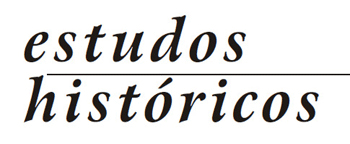This article uses the photograph of a falling militiaman taken by Robert Capa in 1936 as a starting point to discuss the role of photography in the construction of a public history. A three steps analysis is proposed. The first step focuses on the aesthetic characteristics of the photo, which made it to be considered an icon. In the second one, a broader sense is considered, that of the French leftist press, for which the photographer worked and which was responsible for first publishing his pictures. The third one discusses the relation between photographic image and its role in the elaboration of a collective memory.
visual culture; political culture; war photography; photography history; Robert Capa; Spanish Civil War

 Thumbnail
Thumbnail
